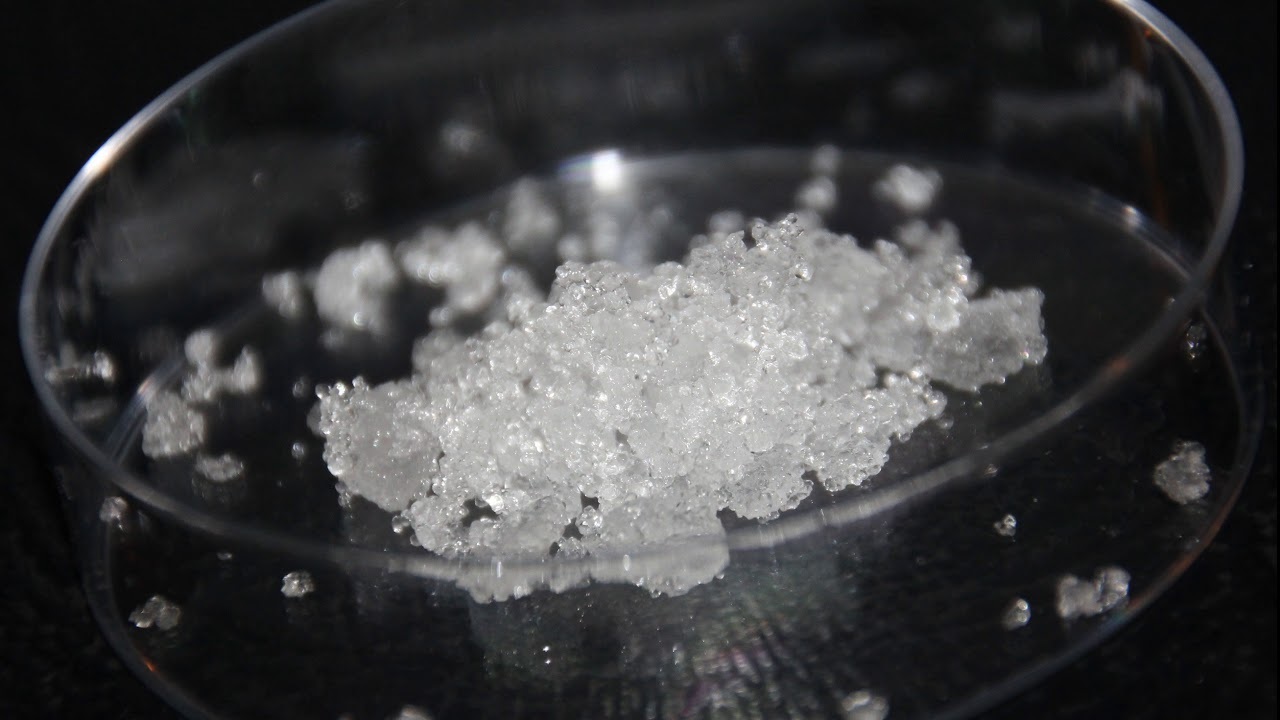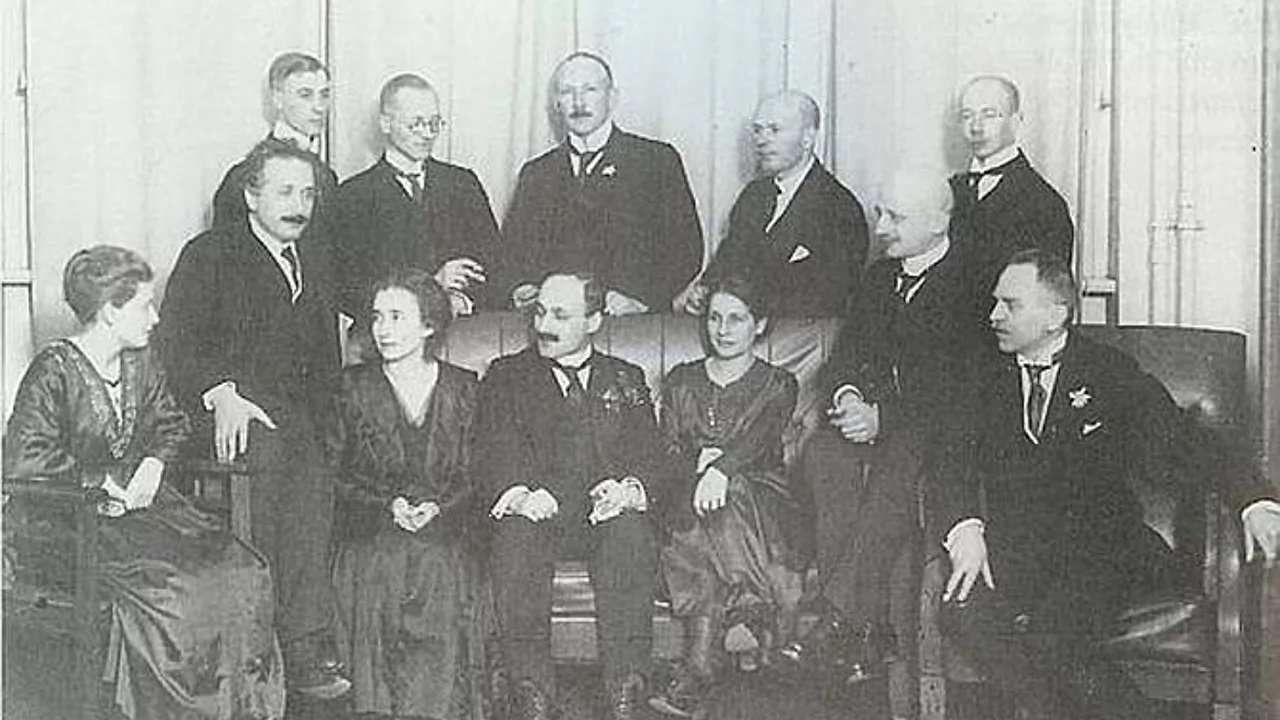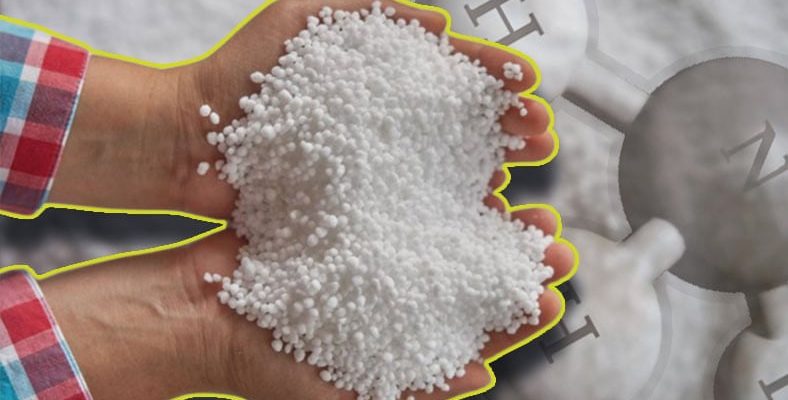Ammonia, a chemical that has been used in many different industrial areas for more than a hundred years, is one of the compounds we encounter most frequently in our daily lives, even if we are not aware of it. Its history is full of more interesting details than we think. Let’s take a closer look at what ammonia is and what it does.
It is impossible not to admire nature. So much so that sometimes we can see in nature the same compounds that scientists have spent their lives finding in laboratories. Ammonia is one of them. It is one of the most common chemicals used in many different industrial fields today. ammoniaIn fact, it appears in many different parts of nature, including humans.
Ammonia, in its industrial production as we know it today, has a history of just over a hundred years. However, since it is also a natural ingredient, its history is actually much, much older. In addition to industrial usage areas, there is another interesting usage method applied by athletes. So its history is quite interesting. Bride what is ammoniaLet’s take a closer look at frequently asked questions such as, what is it for?
Let’s start by briefly introducing our article: What is ammonia, acid or base?
Ammonia, known with the formula NH3, It is a compound formed by the combination of one nitrogen and three hydrogen atoms. Ammonia, which is a base in water, is used commercially as an aqueous solution, although it exists as a gas at room temperature. It is a chemical widely used in many different industries today.
Ammonia has unique properties:
- It is colorless.
- It is irritating.
- It has a pungent and even suffocating odor.
- In its pure form it is anhydrous but absorbs moisture easily.
- It has alkaline properties.
- It is corrosive.
- It is easily soluble in water.
- The liquid state is obtained by compressing the gaseous state.
- It is transported in compressed liquid form in steel containers.
- Even if it is not highly flammable, it can explode in transport containers.
Ammonia is a key ingredient in many different industries:

- In paint products
- For cooling purposes in industrial facilities
- In perfumes
- In nitric acid production
- In cleaning materials
- In urea production
- In explosives
- In plastic materials
- In fertilizer making
Today, approximately 80 percent of industrially produced ammonia is used in fertilizer production. Household cleaning materials Ammonia may be present at a rate ranging from 5 percent to 10 percent. In industrial use, this rate increases to 25 percent.
Okay, but what exactly does ammonia do?
Since a value called the latent heat of gasification is extremely high in ammonia It is indispensable for cooling systems. It forms an important part of the nitrogen cycle in the soil because it creates a bacterial reaction. In addition, it serves as a precursor in the necessary reactions in many different chemical and biological processes.
Before it was produced industrially, ammonia was an elusive ingredient:

Anyone who has seen village life at least knows that the feces of the animals there are mixed into the soil as fertilizer and thus productivity increases. When we come to the 19th century, agricultural scientists solved the secret behind it and they realized that nitrogen was necessary. The most important component of the nitrogen cycle was ammonia.
For this reason, ammonia was extremely valuable when it was not yet produced industrially. so that Explorers felt like they had struck gold when they found a natural source of ammonia on an island off the coast of Peru. Bird feces accumulated here for hundreds of years offered a different and rich source of ammonia. People flocked to the island and an estimated 12 million tons of ammonia was extracted between 1840 and 1870.
The ratio may seem very high, but the world population is also increasing and Remember that the need for food also increases. Scientists predicted that the ammonia reserves on the island would be depleted in 50 years at the latest, and they began to work on ways to obtain this component in a non-natural way.
Ammonia earned its discoverers the Nobel Prize:

Since ammonia is a component naturally found in the human body, in nature, in soil, water, air and even small bacteria, people have always known what ammonia is. It was isolated and its elemental composition was discovered in the 18th century. Although many different scientists worked on it, the exact elemental component was determined by French chemist Claude Louis Berthollet in 1785.
We have determined that it is not possible, we need to figure out how to produce it. Two German chemists Fritz Haber and Carl Bosch in 1909 They discovered the method by which ammonia is produced by the catalytic reaction of nitrogen and hydrogen under high temperature and pressure. Thanks to their work, Fritz Haber was awarded the Nobel Prize in Chemistry in 1918 and Carl Bosch in 1931. The method they discovered is still used today.
RELATED NEWS
How Was the Name of Alfred Nobel, Who Invented Dynamite, Given to the Nobel Peace Prizes? Here is the Life and Story of Alfred Nobel
The name ammonia was not given randomly, its name comes from the Egyptian god Amon:

We said chemistry, we said industry, we said industry; You may wonder where the Egyptian god came from, but it’s true. As we said, since ammonia is found naturally, people have already known about this substance since the early ages of history. It was only with the discovery of an Amon temple that we learned that they knew this.
A temple dedicated to Amon, one of the ancient Egyptian gods, located within the borders of Libya today, attracted countless visitors during its time. The visitors left their camels somewhere and Camels were naturally defecating here. Later, temple officials used these dung dung to burn and keep warm. As the dung burned, ammonium chloride accumulated like salt on the temple walls. This substance was called the salt of Amon, that is, ammonia.
That ammonia is what weight lifters smell:
We have been telling this for a while now; It is used in industry, it is irritating, it is not good for the lungs, but these harsh properties also It also acts as a stimulant. If you’ve ever watched weightlifters and bodybuilders lifting weights of hundreds of kilos, you’ve probably seen them smell something before lifting high weights. That’s ammonia.
When the athlete smells ammonia, his body experiences an abnormal adrenaline secretion, making it easier to lift the weight. Likewise, after smelling ammonia because the athlete feels the need to breathe much more Much more oxygen goes to the muscles. The general belief is this, but there is no scientific evidence that sniffing ammonia makes lifting weights easier. Moreover, let us remind you that it can be harmful.
Used today in numerous industries What is ammonia and what does it do? We answered frequently asked questions such as and talked about the important details you need to know about its history. From where to where, one cannot help but be surprised.
RELATED NEWS
